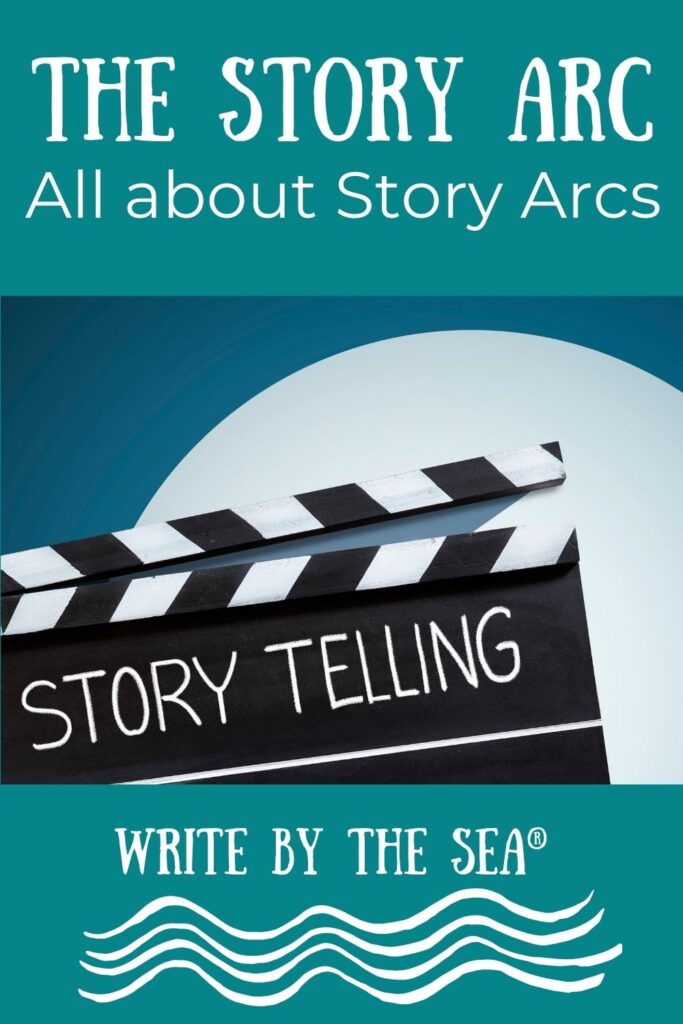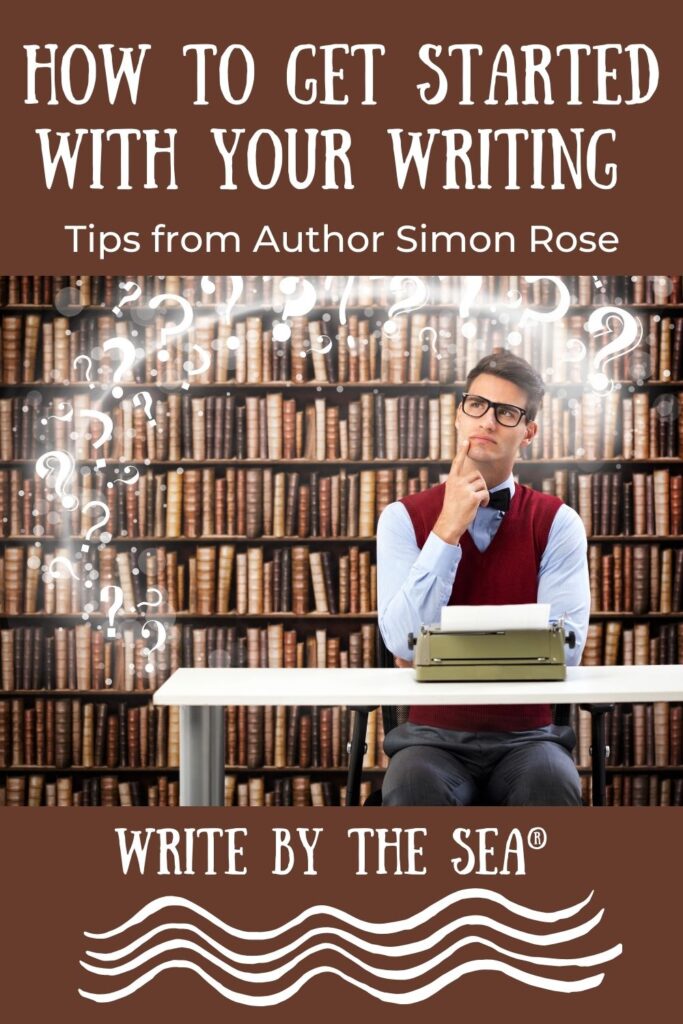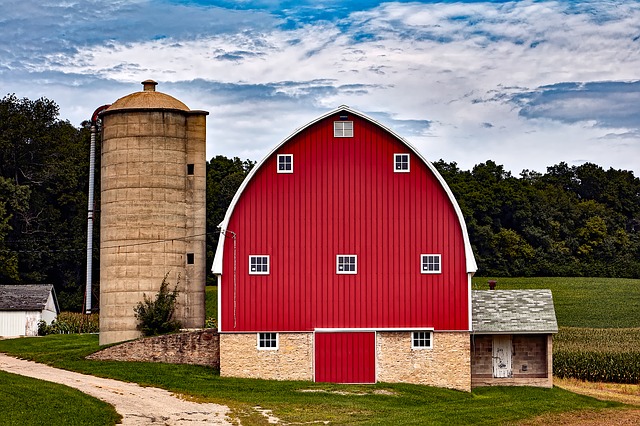
Many new writers ask, “What is a story arc?”
That’s easy to answer.
A story arc is simply the way a story develops and changes over time.
It includes the events and stages characters go through, usually starting with a beginning, followed by development, a climax, and a resolution.
Story arcs can apply to the whole story, a subplot, or a character’s journey.
Here are some examples of different types of story arcs:
#1. Hero’s Journey Arc
With this arc, the hero leaves their normal life for an adventure, faces challenges, gets help, goes through a big crisis, and returns home changed.
An example is The Lord of the Rings, where Frodo Baggins sets out to destroy the One Ring.
#2. Rags to Riches Arc
With the rages to riches arc, the character rises from poverty to wealth and success.
In Great Expectations by Charles Dickens, Pip goes from being an orphan to a wealthy gentleman.
#3. Revenge Arc
Naturally, the plot centers on a character seeking revenge in a story with a revenge arc.
The Count of Monte Cristo by Alexandre Dumas features this kind of arc.
It tells the story of Edmond Dantès, who seeks vengeance after being wrongfully imprisoned.
#4. Quest Arc
Characters go on a journey to achieve a specific goal, facing many obstacles in a quest story arc.
Moby Dick</em> by Herman Melville follows Captain Ahab’s quest to hunt the white whale, Moby Dick.
#5. Transformation Arc
With this arc, the character undergoes a significant change in their life or personality.
In Pride and Prejudice by Jane Austen, Elizabeth Bennet and Mr. Darcy both change and grow, leading to their love.
These examples show how story arcs shape the structure of a novel, guiding the characters and plot to a meaningful conclusion.
Now, how do you create story arcs your readers will love?
Here are some tips:
Tip #1. Subvert Common Tropes
Take a familiar story arc and add a twist.
For example, instead of a hero succeeding, explore what happens when the hero fails.
Tip #2. Blend Genres
Mix elements from different genres to create new and interesting story arcs.
Combining science fiction with historical drama, for example, can lead to unique plot developments.
Tip #3. Try Non-linear Storytelling
Tell the story out of order to create mystery and complexity.
Movies like “Memento” and novels like Catch-22 use this effectively.
Tip #4. Try Multiple Perspectives
Use different narrators to give a fuller view of the story.
The Sound and the Fury by William Faulkner does this well.
Tip #5. Use An Unreliable Narrator
An unreliable narrator can add intrigue and complexity, making readers question what is true.
Gone Girl by Gillian Flynn is an example.
Tip #6. Create a Cyclic Story
End the story where it began to create a sense of recurrence.
The Circular Staircase by Mary Roberts Rinehart uses this technique.
Tip #7. Use Different Cultural Contexts
Setting stories in diverse cultures can lead to unique and fresh story arcs.
Tip #8. Focus on the Antagonist
Center the story around the antagonist to explore their motivations and challenges.
Tip #9. Use Settings as Catalysts
Use the setting as a dynamic force that affects the plot and characters.
Murder on the Orient Express by Agatha Christie uses the train setting effectively.
These explanations of different story arcs and tips can help you create your own story arcs that are original and engaging, offering new experiences to your readers.
Now, before you go, if you haven’t subscribed to The Morning Nudge, be sure to do that now, so you get our Law of Attraction Checklist for Writers and free access to our Private Resource Library for Writers, as well as a short email every weekday morning to help you manifest your writing dreams!






